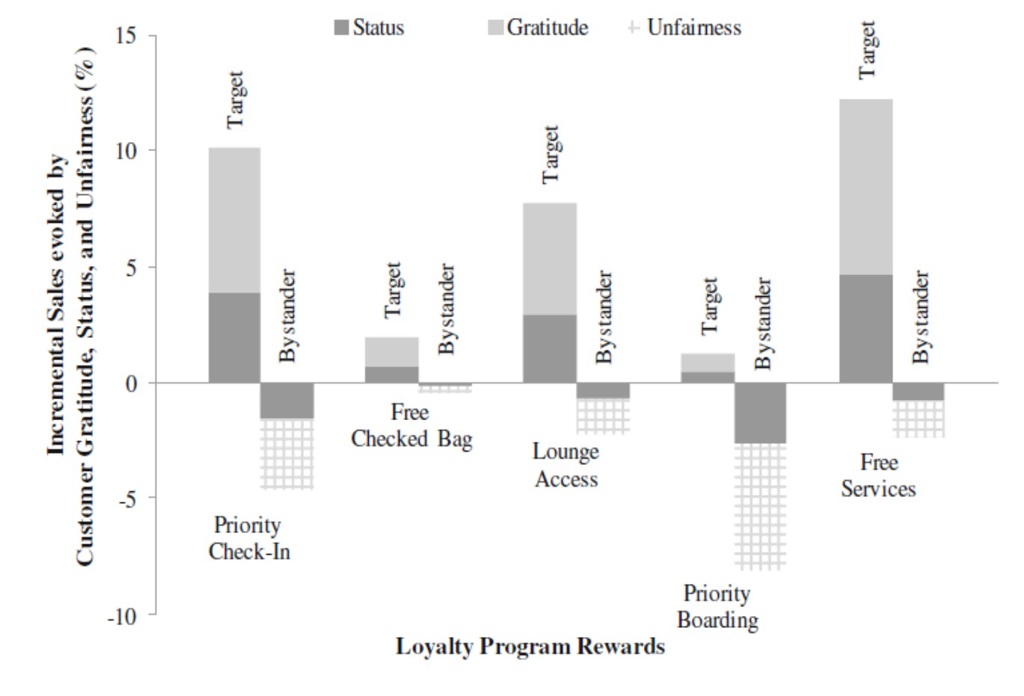
We have previously written on the effect that time has on the membership characteristics of loyalty programs1, and we often calculate members’ lifetime value for our clients, but we have not yet put the microscope on the individual member and their relationship to the program over time.
Customers’ relationship with suppliers do change over time, eventually declining in most categories and a European study 2 confirmed this. They measured the sense of belonging to the group, ‘in-group identification’ and customer gratitude as drivers of program effectiveness. Gratitude decreased as the customer/brand relationship weakened and in-group feelings disappeared altogether.
They also found that programs that are selective in who joins, ‘by invitation’ programs were much better at creating customer gratitude than programs that were open to all to join. But it was category specific; “Overall, selective programmes influenced loyalty intentions more for drugstore, travel, hedonic retailers, and service providers loyalty programmes; in contrast, open programmes lead to higher loyalty intentions in the grocery industry 3. ”
Which leads us to an interesting hypothesis to test for non-grocers. Program operators should implement a status tier that is by invitation only (and probably unpublished) for long tenured members, to ‘top up’ their gratitude levels before the relationship decays past rescue.
We say unpublished because of unrelated research that found the drivers of loyalty program results to be Gratitude, Status and Unfairness 4 .
The last of these surprised us, but this study included the impact on bystanders who witness privileges awarded to high status program members. The results were interesting… “Loyalty programs can increase target customers’ loyalty and sales, but they decrease these measures among bystander customers. Target and bystander customer effects often work in opposing directions, which might explain the ineffectiveness of many loyalty programs.” 5

This measured stated intentions rather than actual purchasing of airline tickets, but we can say confidently that priority boarding annoys bystanders and that cannot be a good thing. “It is not visibility driving these effects; “free services” also are visible and offer an effective program. Rather, offering benefits at the expense of other customers or using zero sum rewards is the problem.” 6
They also found that gratitude and unfairness were the twin pillars of loyalty program effectiveness, with stronger effects than status.
Who would think that rewarding customers for their loyalty could be so complex, and nuanced? But it is, so our team of Loyalty Consultants have developed a framework of analytical tools and approaches that we call Customer Science to anchor decisions in data.

We are Ellipsis, the Customer Loyalty Experts. We help businesses thrive through solving complex customer problems. Please get in touch, we’d love to talk.
References: